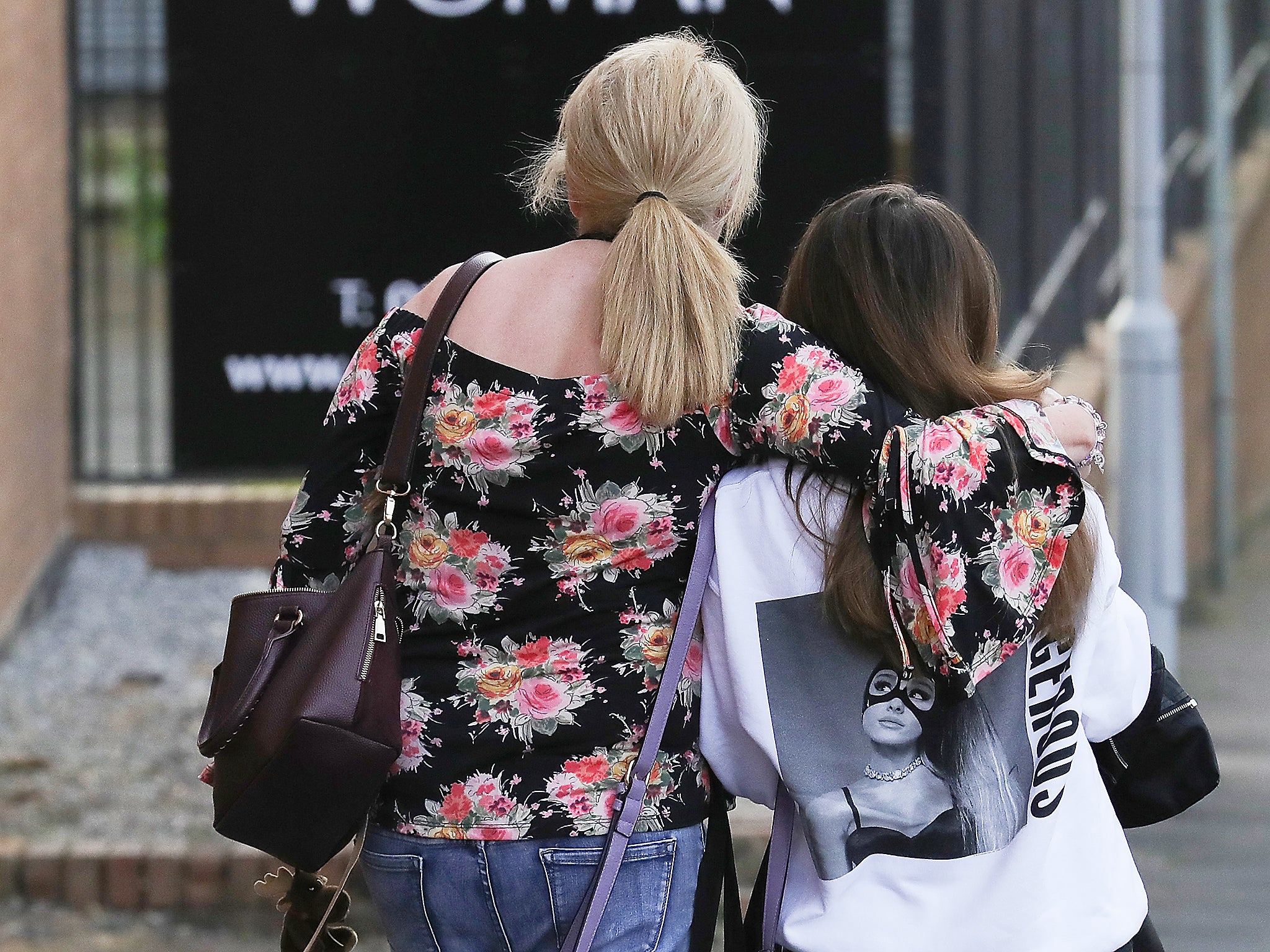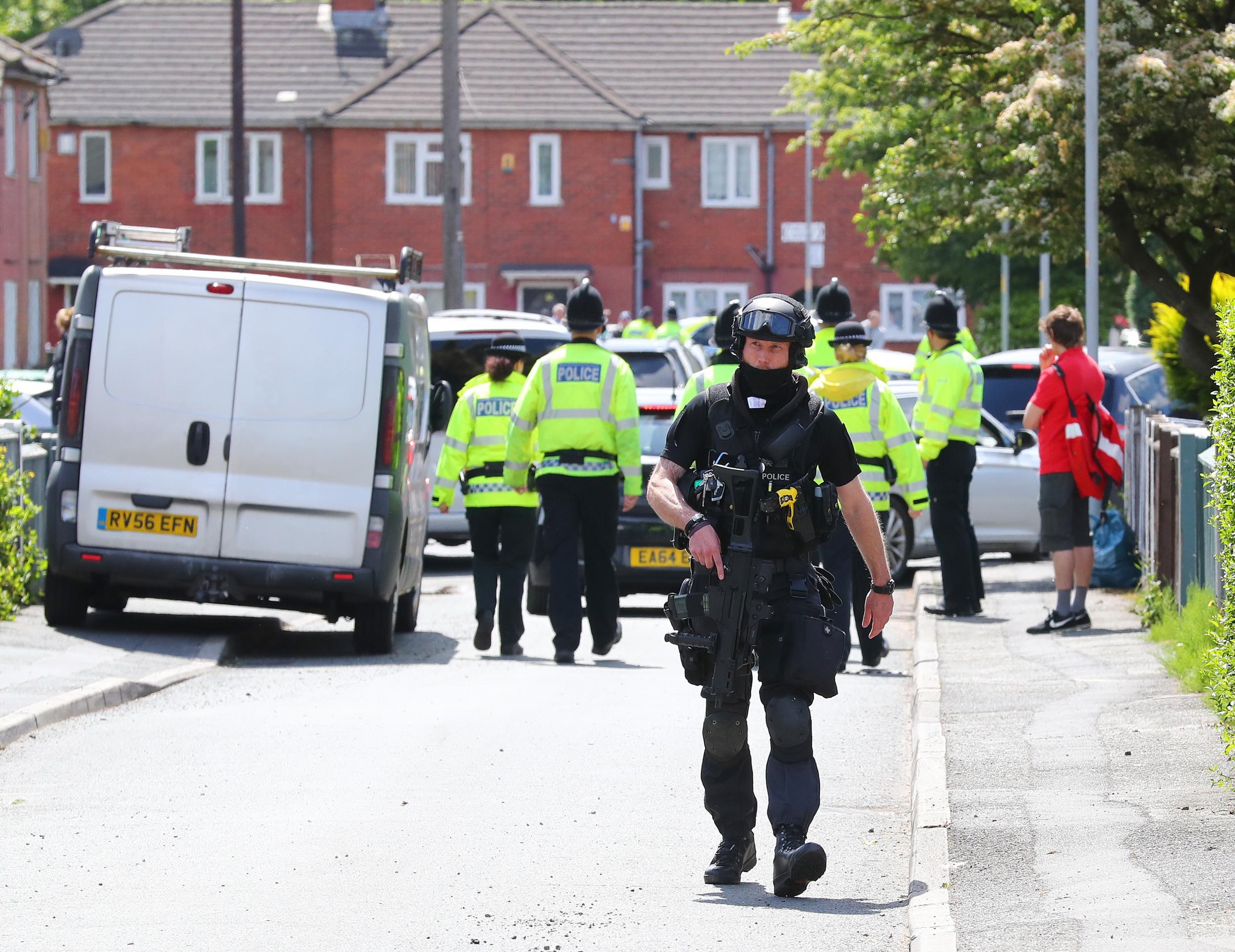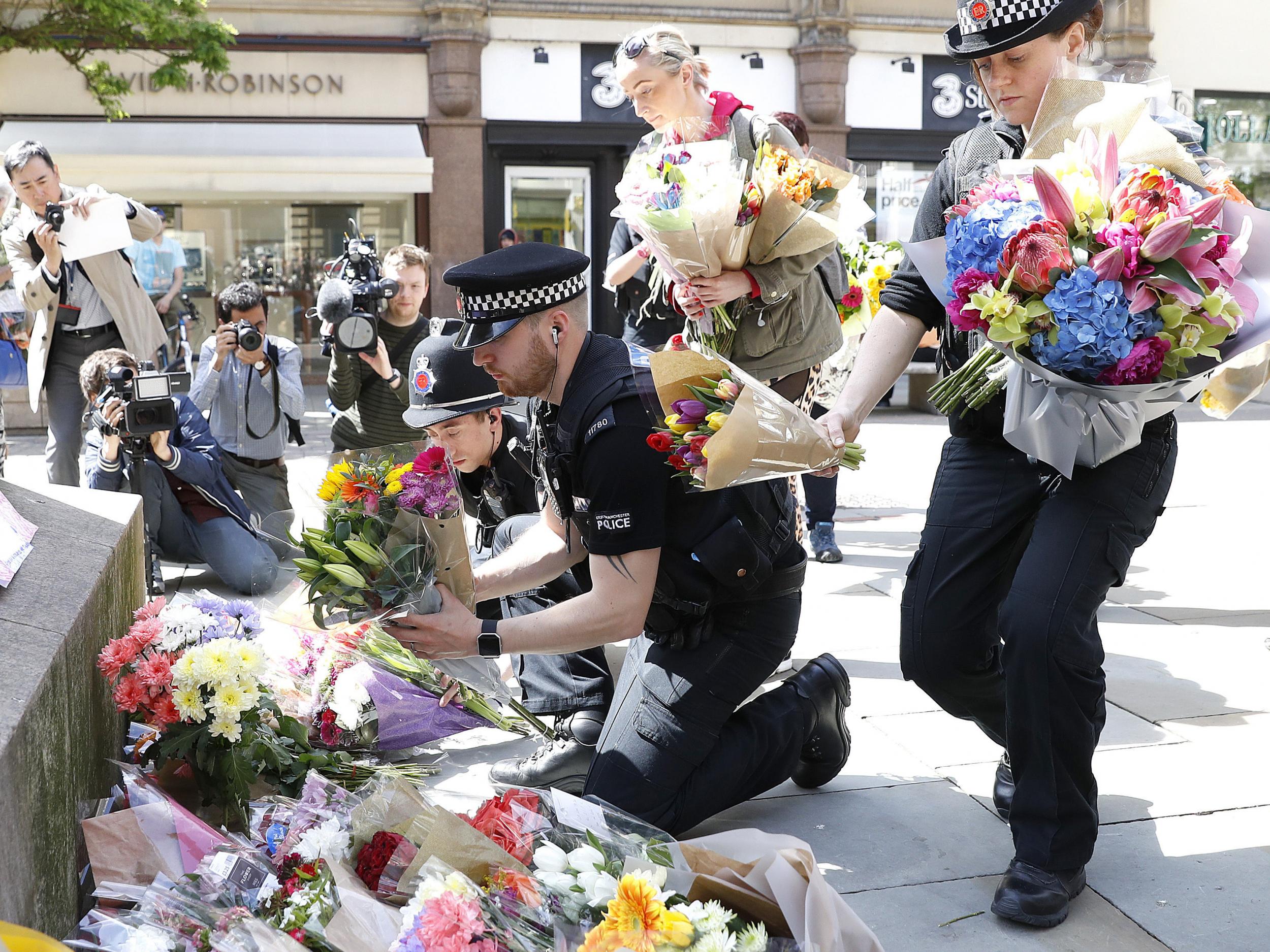Manchester bombing: Isis claims responsibility for concert attack as part of 'shock and awe' tactics, analysts say
'When people are being run down in cars, people get used to it, so after a while you have to do something worse'

Your support helps us to tell the story
From reproductive rights to climate change to Big Tech, The Independent is on the ground when the story is developing. Whether it's investigating the financials of Elon Musk's pro-Trump PAC or producing our latest documentary, 'The A Word', which shines a light on the American women fighting for reproductive rights, we know how important it is to parse out the facts from the messaging.
At such a critical moment in US history, we need reporters on the ground. Your donation allows us to keep sending journalists to speak to both sides of the story.
The Independent is trusted by Americans across the entire political spectrum. And unlike many other quality news outlets, we choose not to lock Americans out of our reporting and analysis with paywalls. We believe quality journalism should be available to everyone, paid for by those who can afford it.
Your support makes all the difference.Isis’s claim it was behind an attack that left at least 22 people dead in Manchester is part of a “shock and awe” strategy to maintain momentum as its territories shrink, analysts have said.
The terrorist group hailed a bomber who targeted children and teenagers as they left an Ariana Grande concert as a “soldier of the caliphate” in a lengthy statement.
“With Allah’s grace and support, a soldier of the Khilafah [caliphate] managed to place explosive devices in the midst of the gatherings of the crusaders in the British city of Manchester,” it said.
“The explosive devices were detonated in the shameless concert arena.”
It suggested the atrocity was not a suicide attack, despite police statements saying perpetrator Salman Abedi died at the scene, and did not name him as a “martyr”, while the death toll was exaggerated.
Isis said the attack aimed to terrorise “infidels ... in response to their transgressions against the lands of the Muslims”.
Inconsistencies between the claim and police’s official account, as well as the lack of a war name for the perpetrator, generated suspicion that terrorists were relying on early media reports – which suggested multiple blasts – rather than their own information.
Jean-Marc Rickli, a research fellow at the Geneva Centre for Security Policy and King’s College London, said the discrepancies raised questions over whether the attacker had concrete links with Isis.
“It looks like they are more reacting to the event than providing information,” he told The Independent.
“But what cannot be discounted is the fact that if it’s a suicide bomber, there is some level of bomb-making craft involved and that implies the person has either been trained or has managed to access to training material.”
Dr Rickli pointed to similarities with Isis’ Paris attacks in November 2015, when suicide bombers targeted the Bataclan concert hall and Stade de France, where they were unable to gain access.
He said the atrocity appeared to be “inspired by past events” but with a horrific new target – children and teenagers.
“Isis is being challenged in Syria and Iraq and they have to keep their shock and awe momentum,” Dr Rickli added.
“When people are being run down in cars, people get used to it, so after a while you have to do something worse.”
Nikita Malik, a senior research fellow at the Henry Jackson Society (HJS) think tank, said the device used appeared to be a homemade bomb packed with nails, and constituted a “low investment,” by Isis.
“They can be made out of the kind of material that’s easily accessible,” she told The Independent.
“It doesn’t necessarily involve any training or any contact with the group – and that’s worrying.”
Ms Malik said the concert, packed with thousands of girls and young women, was both a “soft target” and a psychological blow aiming to “completely terrorise” the British public.
It comes as Isis increasingly looks outside its waning territories in Syria and Iraq to gain attention and support, while losing land and fighters on the ground.
Hours before it issued a claim, its supporters had been circulating an unverified video claiming to show a masked English-speaking militant claiming responsibility for the Manchester attack.
But analysts pointed out that a flag positioned behind the man did not carry the symbol most commonly used by Isis, which he did not refer to by its usual name. It was unclear when it was filmed.
International security services, internet providers and social networks have launched an intensifying crackdown on extremist material online but Isis propaganda remains easy to find for those who know where to look.

At the time of writing, Isis’ main English-language outlet Halummu was still online, pushing a 44-minute video featuring French, Russian and English-speaking jihadis calling for global terror attacks.
Issues of its Rumiyah propaganda magazine, featuring detailed articles on “just terror tactics” including stabbings, car and lorry rammings, can be accessed within minutes, as can bomb-making manuals.
The most recent edition of Rumiyah listed concert halls among “ideal target locations” for attacks, while publishing a lengthy defence of killing women and children in “crusader” countries.
Analysts have warned that the group may increasingly turn to “soft targets” with large crowds, as seen in London, Stockholm, Nice and Berlin, rather than protected areas with a high security presence.
Explosive devices using homemade triacetone triperoxide (TATP) have become a signature of the group’s largest European attacks, in Paris and Brussels, and has been discovered in several foiled plots.
The Manchester attack took place exactly two months after the Westminster attack and on the fourth anniversary of the killing of Fusilier Lee Rigby in Woolwich.
Police were called to reports of an explosion shortly after the end of Grande’s concert at 10.33pm on Monday, as thousands of fans streamed out of Manchester Arena.
Witnesses described being thrown through the air by a powerful blast that left nuts and bolts across the floor in a foyer connecting the venue with Victoria station.

Chris Parker, a rough sleeper who was in the foyer at the time, said: “Everyone was piling out, all happy and everything else.
“As people were coming out of the glass doors I heard a bang and within a split second I saw a white flash, then smoke and then I heard screaming.
“There were people lying on the floor everywhere.”
Concert goers still inside described mass panic at the blast echoed through the venue, with footage showing screaming fans running back into the arena and scrambling towards exits.
Ian Hopkins, the Chief Constable of Greater Manchester Police, said investigators believe the attack was carried out by a lone suicide bomber “carrying” a homemade device.
“The priority is to establish whether he was acting alone or as part of a network,” he added.
“The attacker, I can confirm, died at the arena. We believe the attacker was carrying an improvised explosive device which he detonated causing this atrocity.”
At least one person, a 23-year-old man from Manchester, has so far been arrested in connection with the bombing.
An eight-year-old girl, Saffie Rose Roussos, is among those confirmed among the victims as families continue desperate appeals for missing children and teenagers.
Join our commenting forum
Join thought-provoking conversations, follow other Independent readers and see their replies
Comments